The Grandeur of Ganesh Chaturthi 2025 in the USA: A Detailed Look at the Celebration of Wisdom and New Beginnings
By Lokanath Mishra
Ganesh Chaturthi, one of the most revered and vibrant festivals in the Hindu calendar, is a time of immense spiritual significance and joyous celebration. In 2025, the Hindu diaspora in the United States will partake in this auspicious occasion, honoring the birth of Lord Ganesh, the beloved deity of wisdom, prosperity, and new beginnings. This year, the festivities will commence on Wednesday, August 27th, and conclude ten days later on September 6th, with the final immersion of the idol.
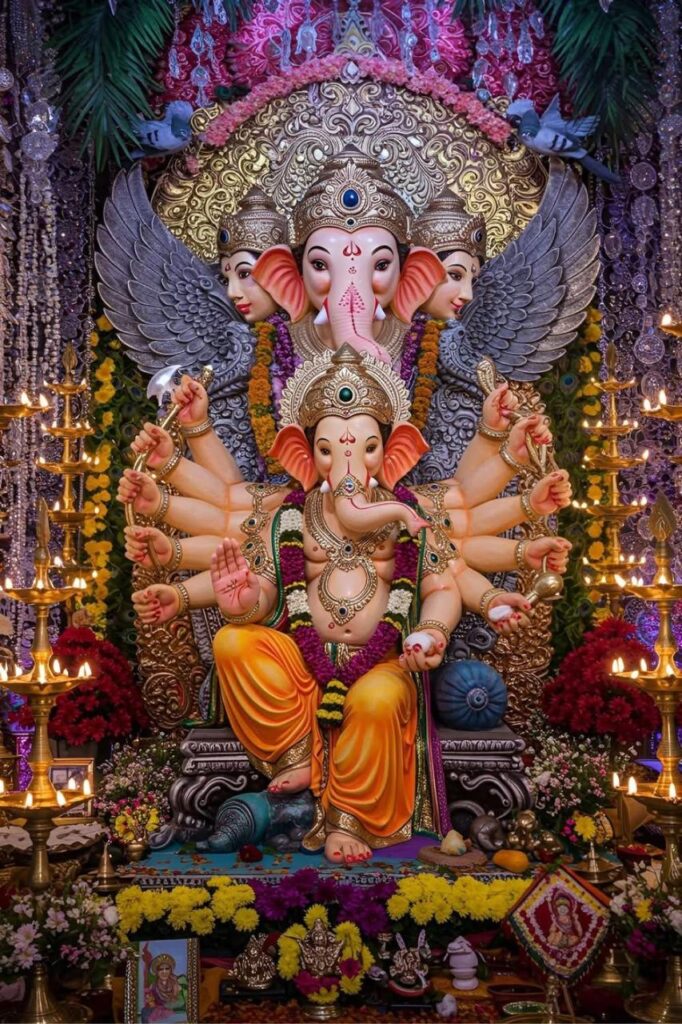
The timing of the rituals is of paramount importance in Hindu tradition, and Ganesh Chaturthi is no exception. The most sacred time for the main puja, known as the Madhyahna Puja Muhurat, is from 11:05 AM to 1:45 PM local time. This period, which falls during the midday, is considered the most auspicious for the worship of Lord Ganesh.
According to ancient Hindu time-keeping, the duration between sunrise and sunset is divided into five equal parts: Pratahkala, Sangava, Madhyahna, Aparahna, and Sayankal. It is believed that Lord Ganesh was born during the Madhyahna Kala, making this the most appropriate time for the Ganapati Sthapana (the placement of the idol) and the Ganapati Puja (the worship). As per Vedic astrology, performing the rituals during this specific window is believed to bring maximum blessings and positive energy.
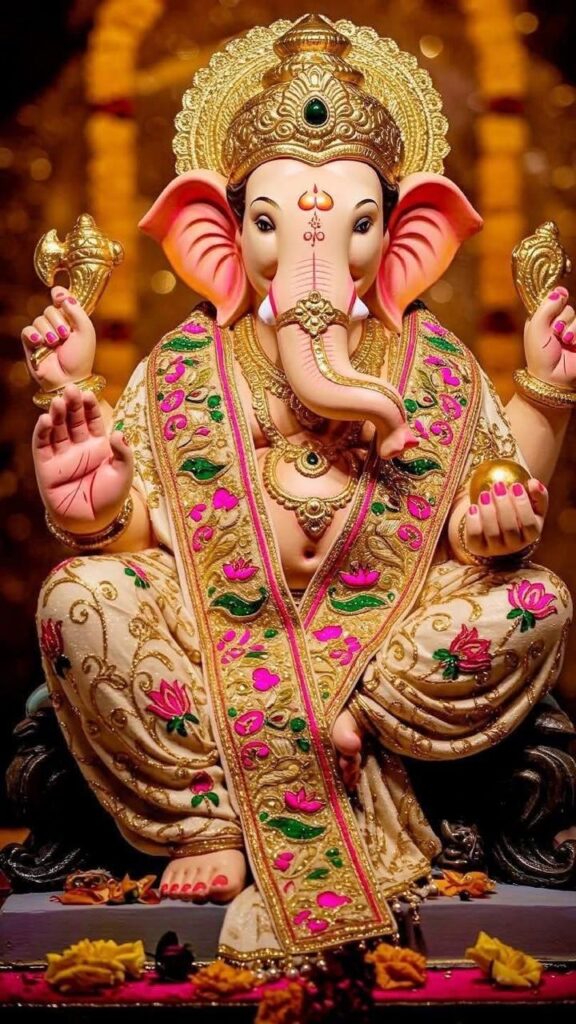
The Ten-Day Spectacle: From Sthapana to Visarjan
The festival, also known as Ganeshotsav, spans a full ten days. On the first day, devotees bring home an idol of Lord Ganesh, which is then consecrated with great reverence. This act, known as Ganapati Sthapana, marks the beginning of the celebrations. Throughout the following days, devotees perform daily pujas, sing bhajans (devotional songs), and offer a variety of sweets, with the modak (a sweet dumpling) being Lord Ganesh’s favorite. Homes and temples are adorned with colorful decorations, and a sense of festivity permeates the air.
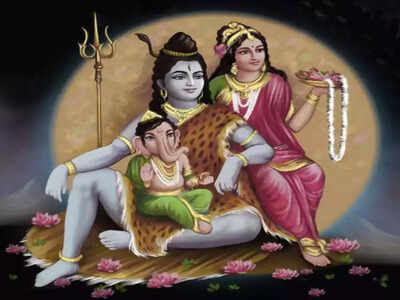
The festival culminates on the tenth day, Anant Chaturdashi (September 6th, 2025), with the Ganesh Visarjan. On this day, the idols are immersed in a body of water, symbolizing Lord Ganesh’s return to Mount Kailash, his divine abode. This final procession is a grand spectacle, often accompanied by music, dance, and a vibrant street procession. The ritual signifies the cyclical nature of creation and dissolution, with devotees bidding farewell to the deity with the hope that he will return the following year to bless them with prosperity and good fortune.
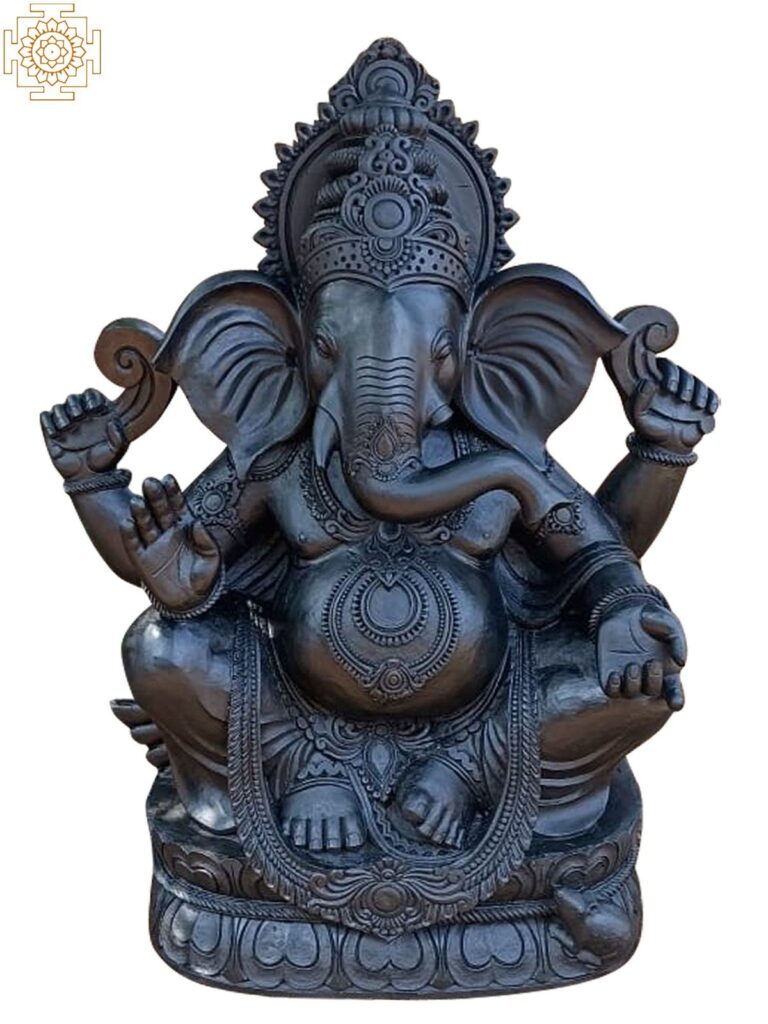
The Significance of the Deity: Why Lord Ganesha is Worshipped First
The practice of worshipping Lord Ganesh before any other deity or at the start of any new endeavor is a fundamental aspect of Hinduism. His preeminence is not merely a matter of tradition; it is rooted in his symbolic and spiritual significance.
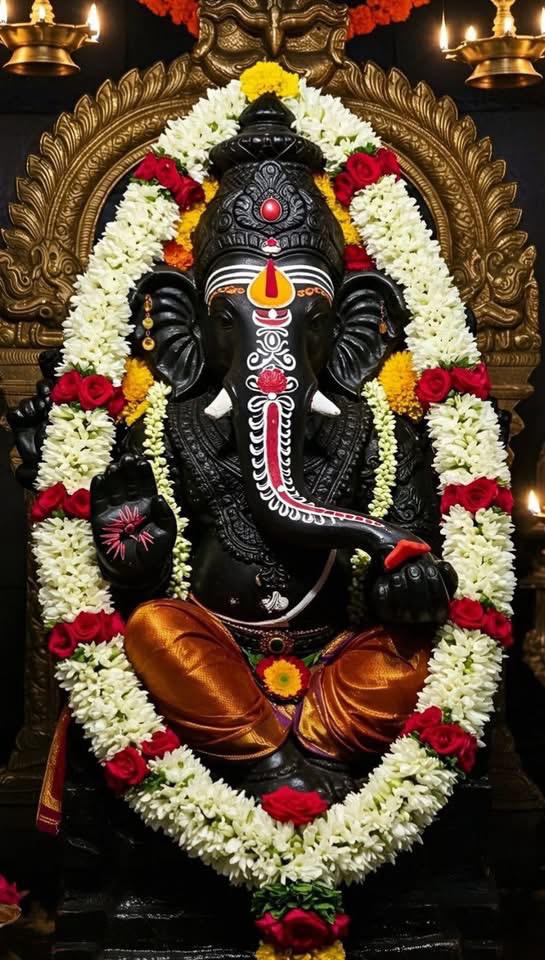
Remover of Obstacles (Vighnaharta): This is perhaps his most prominent and celebrated role. Ganesha is revered as the one who removes all obstacles (vighnas) from the path of his devotees. Worshipping him at the beginning of any new venture—be it a business, a journey, or an educational pursuit—is believed to clear the way for success and ensure a smooth journey.
God of New Beginnings: As the Vighnaharta, Ganesha is also the god of beginnings. His presence is invoked to ensure that any new undertaking is blessed and proceeds without any hindrances. This makes him an integral part of all auspicious ceremonies and rituals.
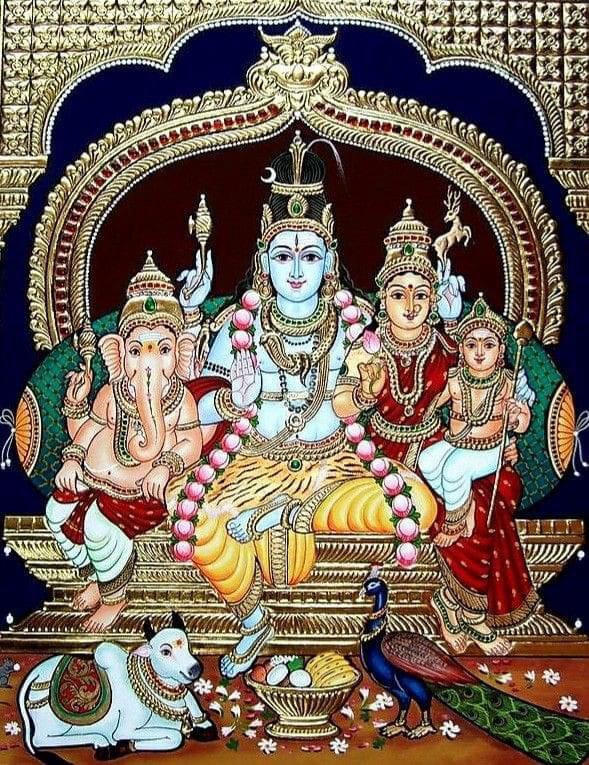
Wisdom, Intellect, and Good Fortune: Ganesha’s elephant head is a powerful symbol of wisdom, intelligence, and a vast intellect. He is a popular deity among students and scholars who seek his blessings for knowledge and understanding. Furthermore, his worship is believed to usher in good fortune, prosperity, and overall well-being.
Patron of Arts and Sciences: Ganesha is also revered as the patron of arts and sciences. His association with creativity and learning highlights his multifaceted nature and his role in inspiring human endeavors.
The Son of Shiva and Parvati: As the beloved son of Lord Shiva and Goddess Parvati, Ganesha holds a special place in the Hindu pantheon. His worship is an integral part of the Shaivism tradition, and his stories are deeply woven into the fabric of Hindu mythology.
Symbolism: The symbolism associated with Ganesha is rich and profound. His large elephant head signifies immense wisdom, while his large ears are said to represent the importance of listening. His big belly, as per Hinduwebsite.com, symbolizes abundance and the ability to digest all good and bad experiences in life.
In the Ganapatya tradition, a specific branch of Hinduism, Lord Ganesh is considered the supreme being, and his importance is elevated to the highest level. The celebration of Ganesh Chaturthi in the USA not only connects the Hindu community with their cultural and spiritual roots but also provides a platform to share the beauty and depth of this ancient tradition with a wider audience, fostering a sense of community and spiritual enrichment.
